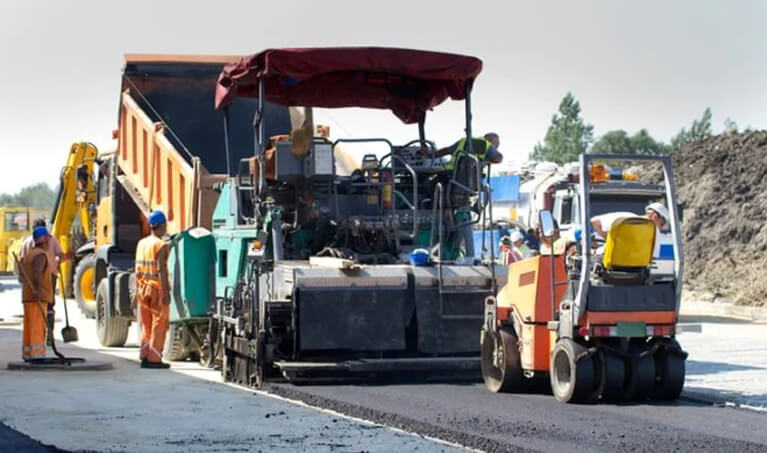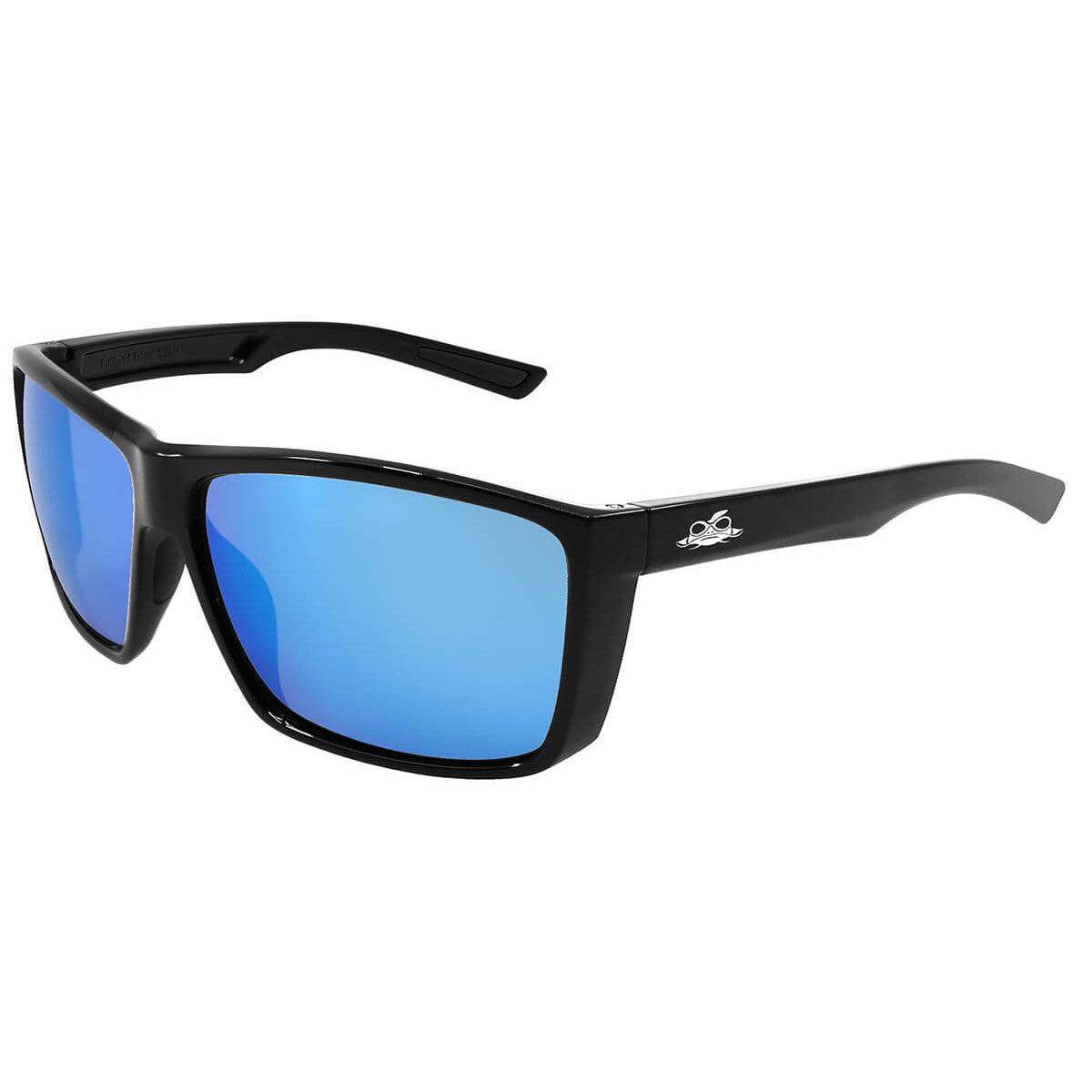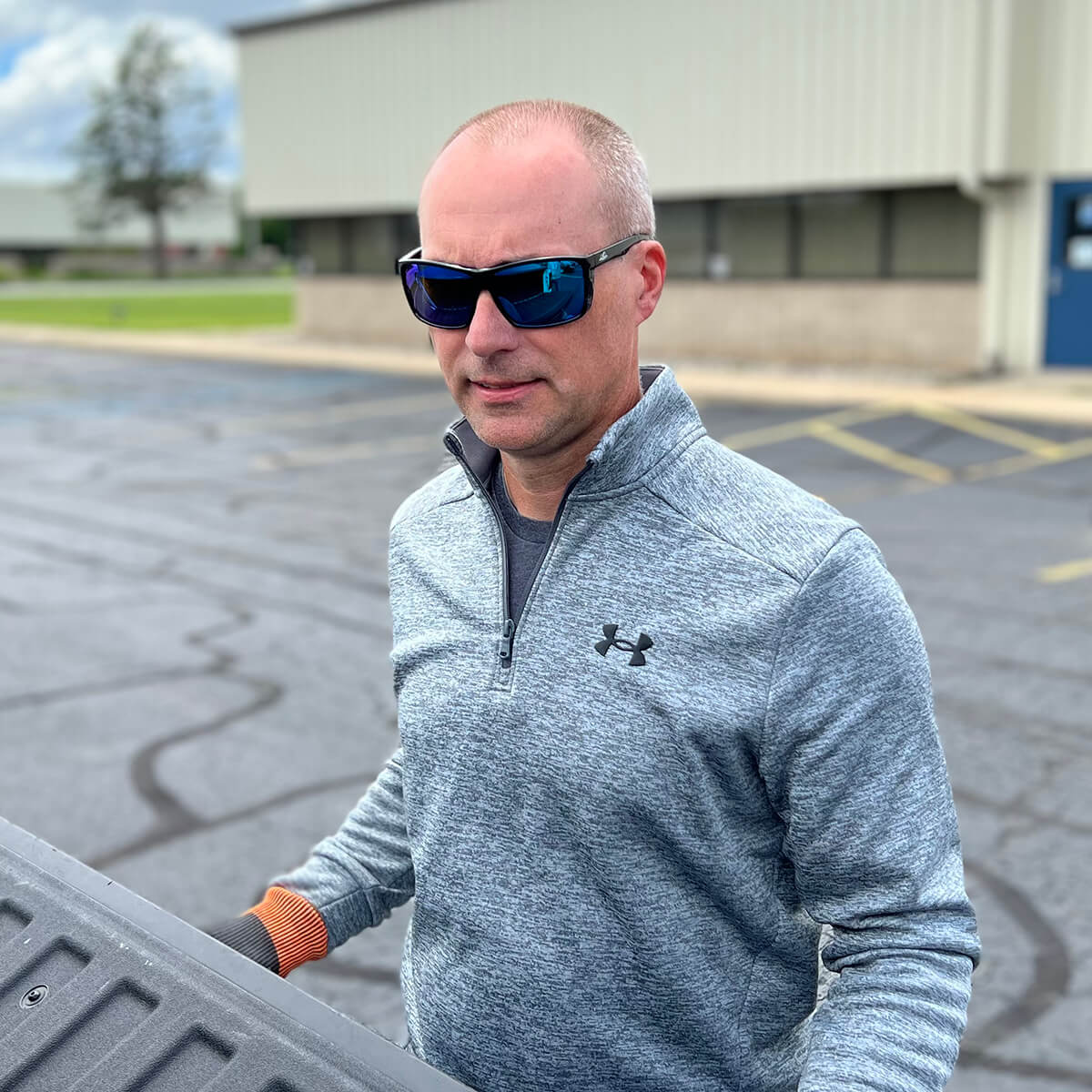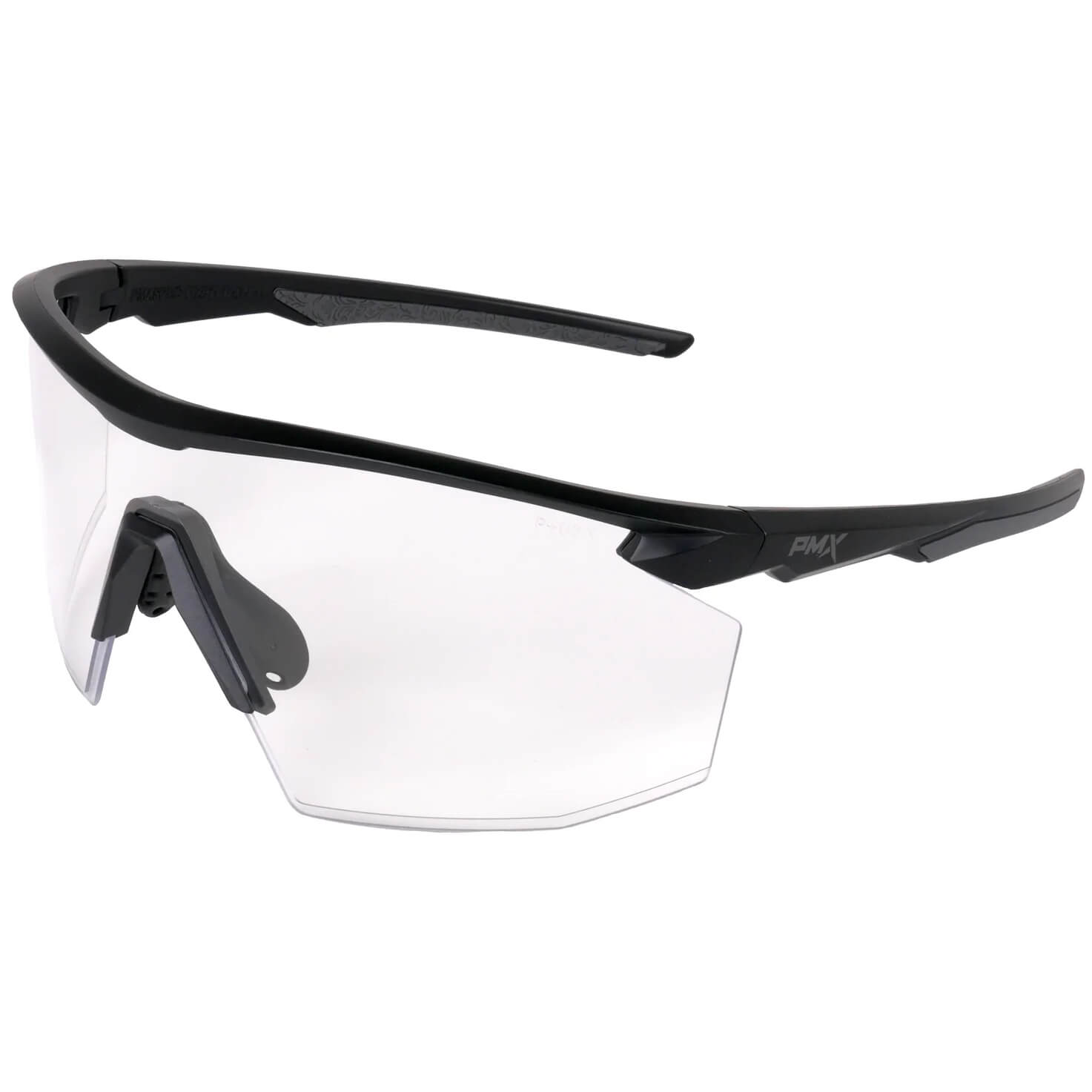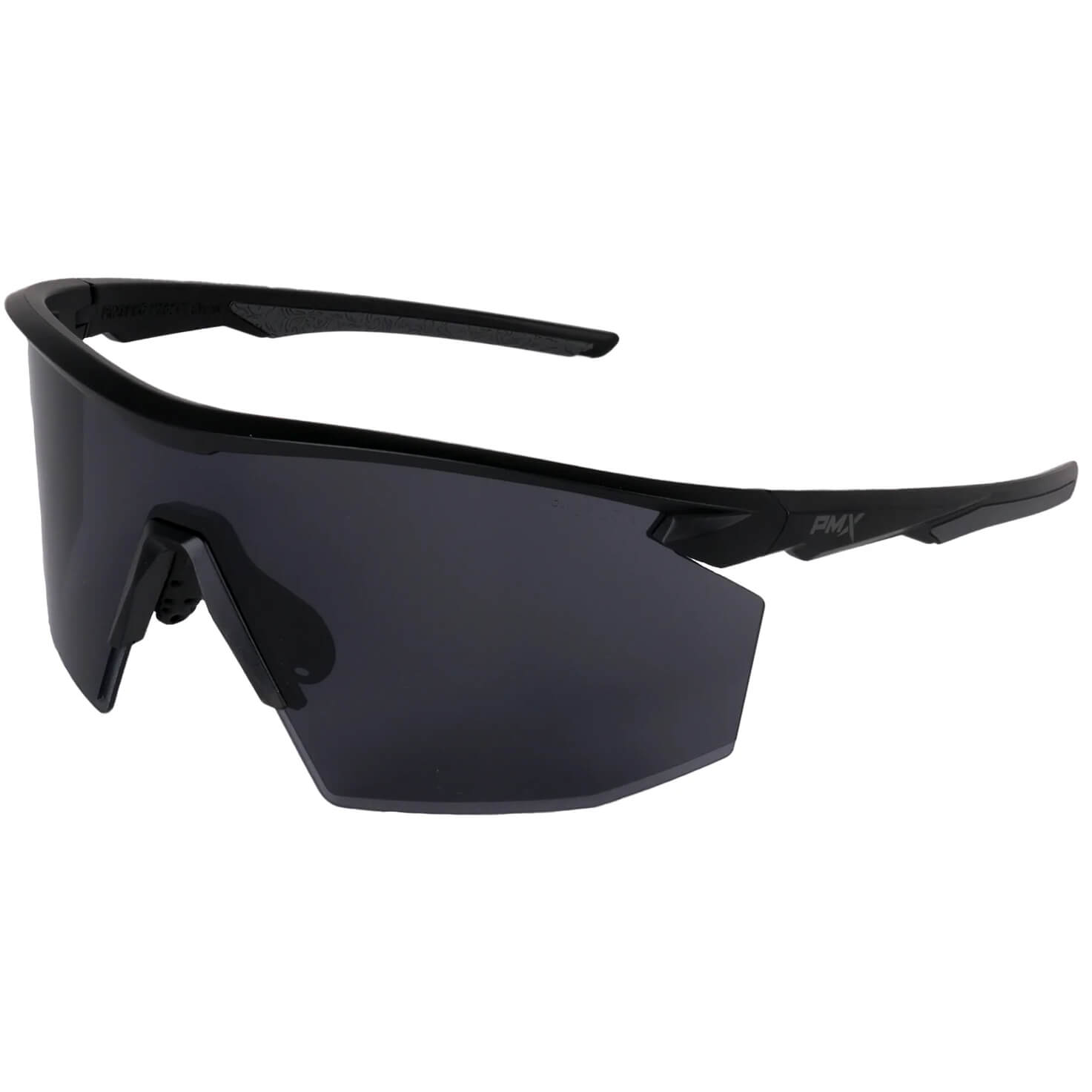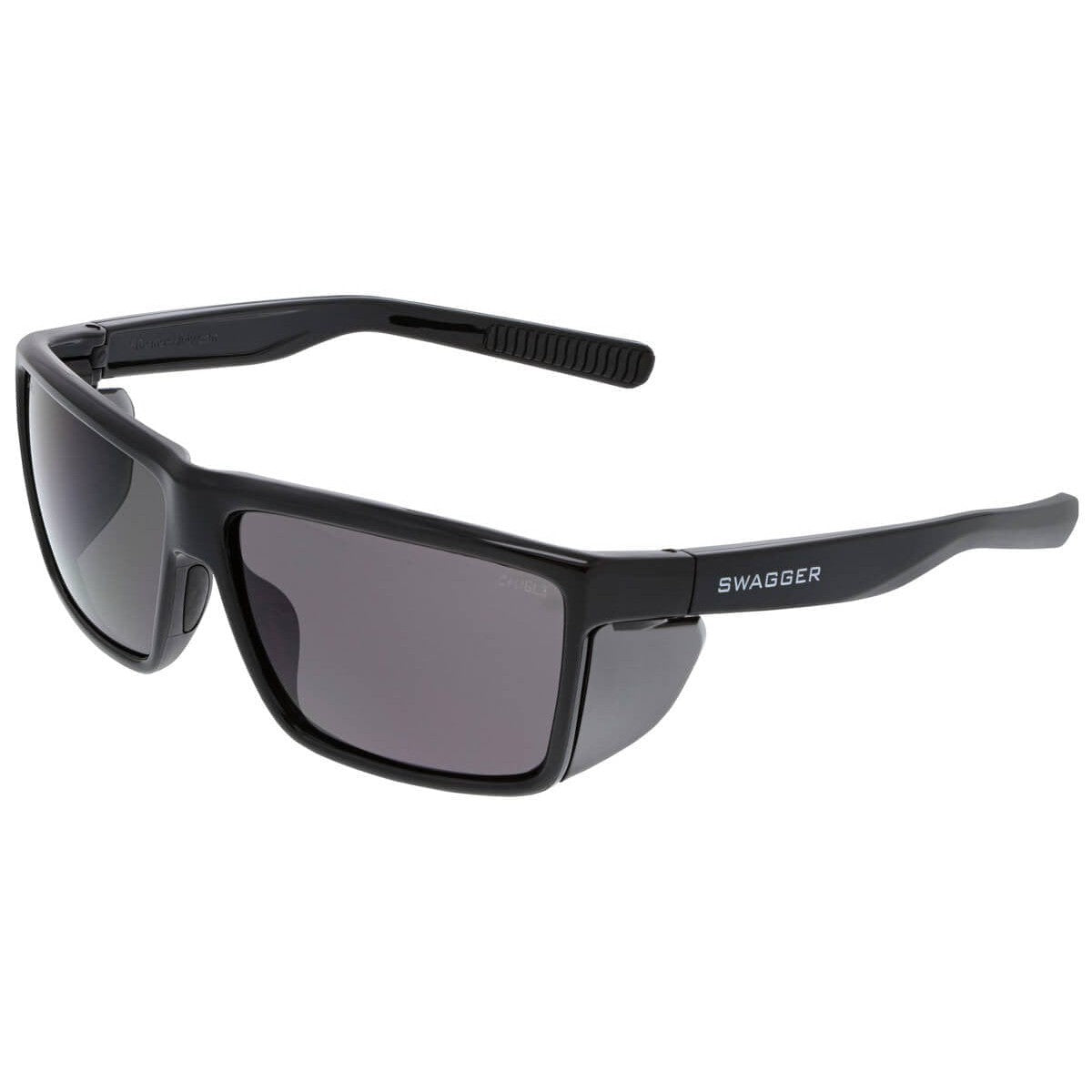A sea of Orange cones
Summer is the season of sunshine and adventure. However, it is also when road construction projects flourish, transforming our open roads into zones of orange cones and traffic diversions. As temperatures rise and precipitation decreases, road construction crews take advantage of favorable weather conditions for repairs and improvements. However, amidst the whirring machinery and dust-filled air, road workers face numerous hazards that demand utmost caution and vigilance. From navigating through bustling traffic to handling heavy equipment and enduring scorching temperatures, the dedicated men and women on construction sites brave it all to ensure safer and more efficient roadways for the rest of us.
Road work is dangerous. Need a little convincing? Read on:
- Over 700 road worker fatalities have been recorded in the past six years.
- Being struck by a motor vehicle is the second most common cause of road worker fatalities.
- Runovers/backovers by construction vehicles are the third most common source of deaths.
- Road worker deaths account for 1.5% to 3% of all workplace fatalities annually.
- 1.6 deaths (including road workers and drivers) occur each day.
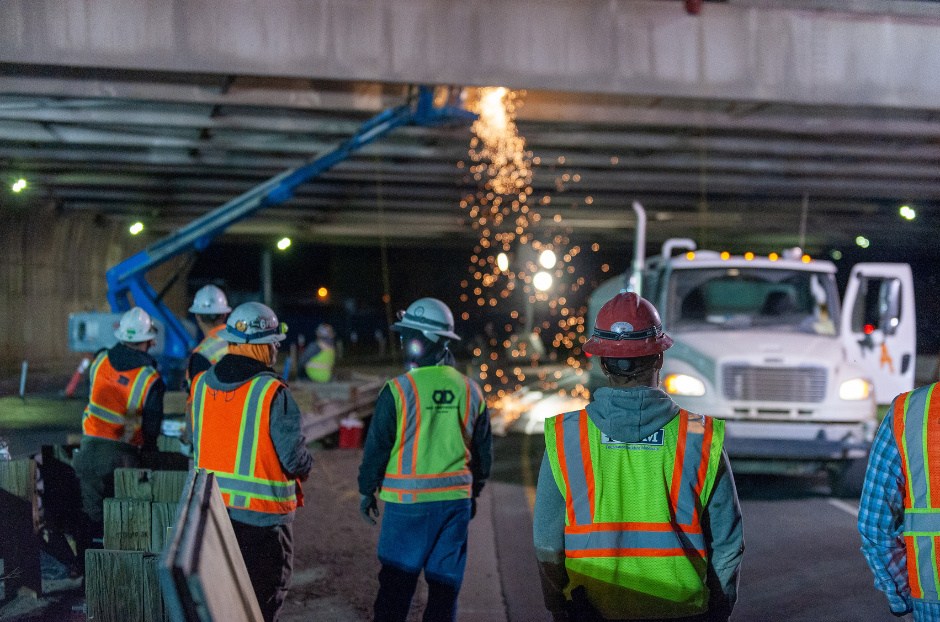 Training and safety equipment are vital
Training and safety equipment are vital
Proper safety training, high-visibility clothing, and other safety equipment are vital for road workers. For example, the Occupational Safety and Health Administration (OSHA) mandates that road workers wear safety vests to enhance their visibility on construction sites. These vibrant, high-visibility vests serve as a first line of defense against accidents and potential injuries. By donning these vests, road workers become more conspicuous to motorists and equipment operators, allowing them to be easily identified and anticipated in busy work zones. In addition, the vests' bright colors and reflective strips enhance visibility during both daylight and low-light conditions, minimizing the risk of collisions and improving overall safety. OSHA's requirement for safety vests ensures that road workers remain visible and protected, reducing the likelihood of accidents and fostering a safer working environment for everyone involved.
Heat is a dangerous and sneaky enemy
Heat exposure poses significant dangers to road workers, making it a critical concern in their line of work. During the scorching summer months, road construction sites become hotbeds of intense heat, amplified by the sun's relentless rays reflecting off asphalt and concrete surfaces. The combination of high temperatures, strenuous physical labor, and limited shade exposes workers to heat-related illnesses such as heat exhaustion and heat stroke. Prolonged exposure to excessive heat can lead to dehydration, fatigue, dizziness, and impaired concentration, compromising physical and mental capabilities. Additionally, the demanding nature of their tasks, often involving heavy equipment and protective clothing, further exacerbates the heat stress experienced by road workers. To mitigate these hazards, employers must implement preventive measures such as frequent breaks, shade access, adequate hydration, and training on recognizing and addressing heat-related illnesses. By prioritizing the health and well-being of road workers in hot conditions, we can minimize the risks associated with heat exposure and ensure their safety on the job.
Here are a few ways for road workers to stay cool and combat heat during the summer:
- Hydration: Drink plenty of fluids, particularly water, throughout the day to prevent dehydration. Encourage frequent water breaks and provide access to cool, potable water on-site.
- Shade and Rest Breaks: Establish shaded areas or canopies where workers can take regular breaks to escape direct sunlight and rest in a cooler environment.
- Protective Clothing: Provide lightweight, breathable, and moisture-wicking clothing options that offer sun protection and ventilation. Encourage using wide-brimmed hats or caps to shield the face and neck from the sun.
- Cooling Equipment: Utilize cooling measures such as misting fans, portable air conditioners, or cooling vests to help lower body temperature and provide relief during work shifts.
- Schedule Adjustments: Consider adjusting work schedules to avoid the hottest parts of the day. Plan for earlier or later start times when temperatures are cooler.
- Training and Awareness: Educate workers about the signs and symptoms of heat-related illnesses, such as heat exhaustion and heat stroke. Encourage them to monitor themselves and their colleagues for any signs of distress.
- Supervision and Support: Implement regular monitoring and check-ins by supervisors or safety personnel to ensure workers are coping well with the heat. Encourage open communication and support for those experiencing discomfort or difficulties.
Remember, the well-being of road workers in extreme heat conditions is paramount, and taking proactive measures to keep them cool and safe is vital.
Road workers deserve a brake!
Implementing training and wearing appropriate safety equipment is indispensable in safeguarding road workers' lives and well-being. From hard hats and safety glasses to high-visibility vests and cooling gear, these essential tools shield against the hazards present in construction zones. We can significantly mitigate the daily risks by adhering to safety regulations and ensuring workers are equipped with the necessary equipment. Let us remember that behind every road construction project, there are dedicated individuals who brave challenging conditions to improve our infrastructure. Providing them with safety equipment and training demonstrates our commitment to their well-being. Furthermore, it acknowledges their invaluable contributions to our communities. So, the next time you're driving through a construction zone, slow down! Together, we can create a culture of safety that empowers road workers and ensures that they return home safely at the end of each workday.

